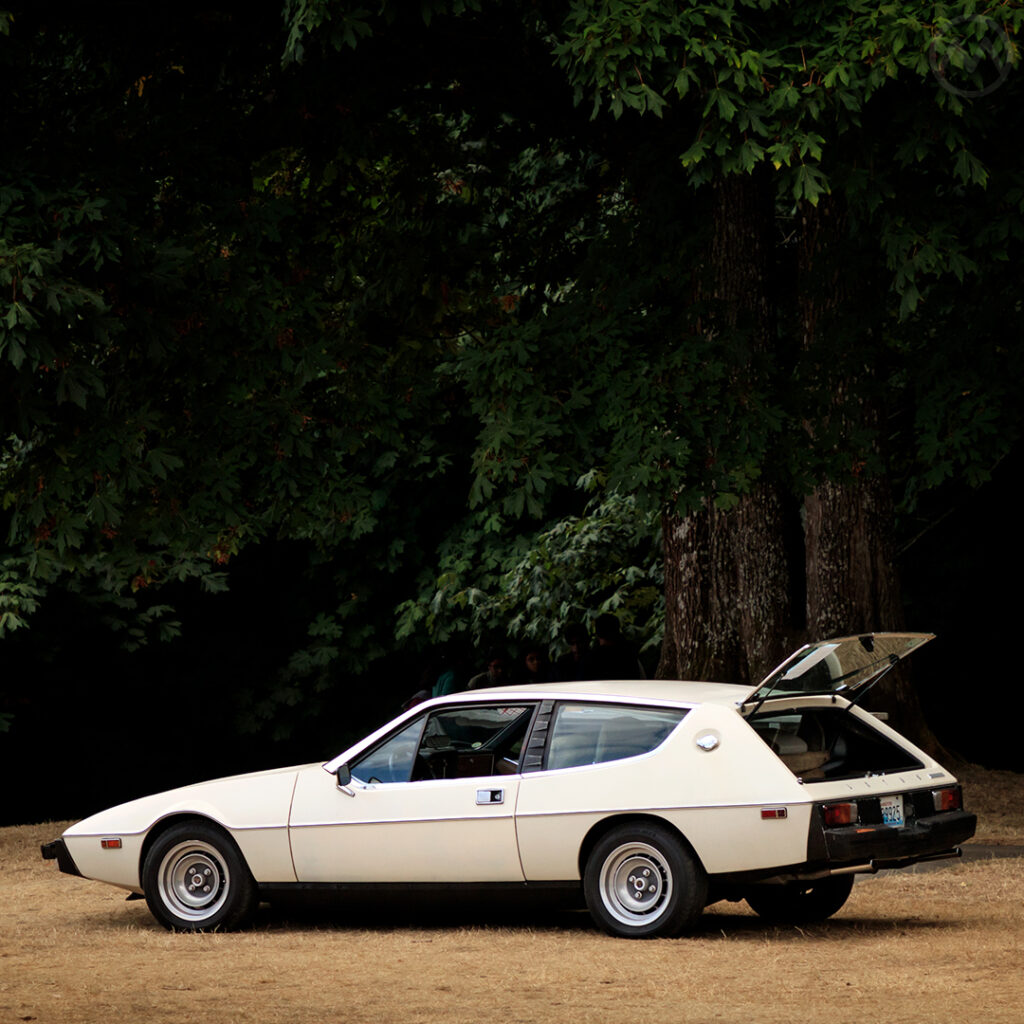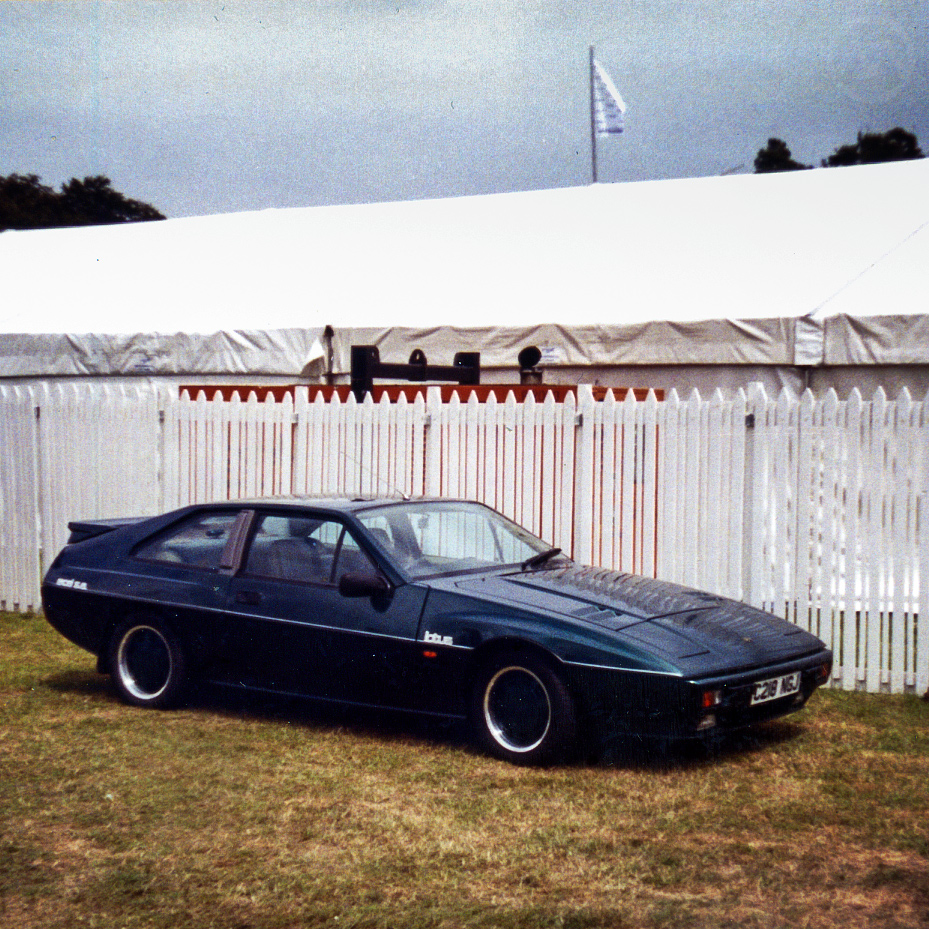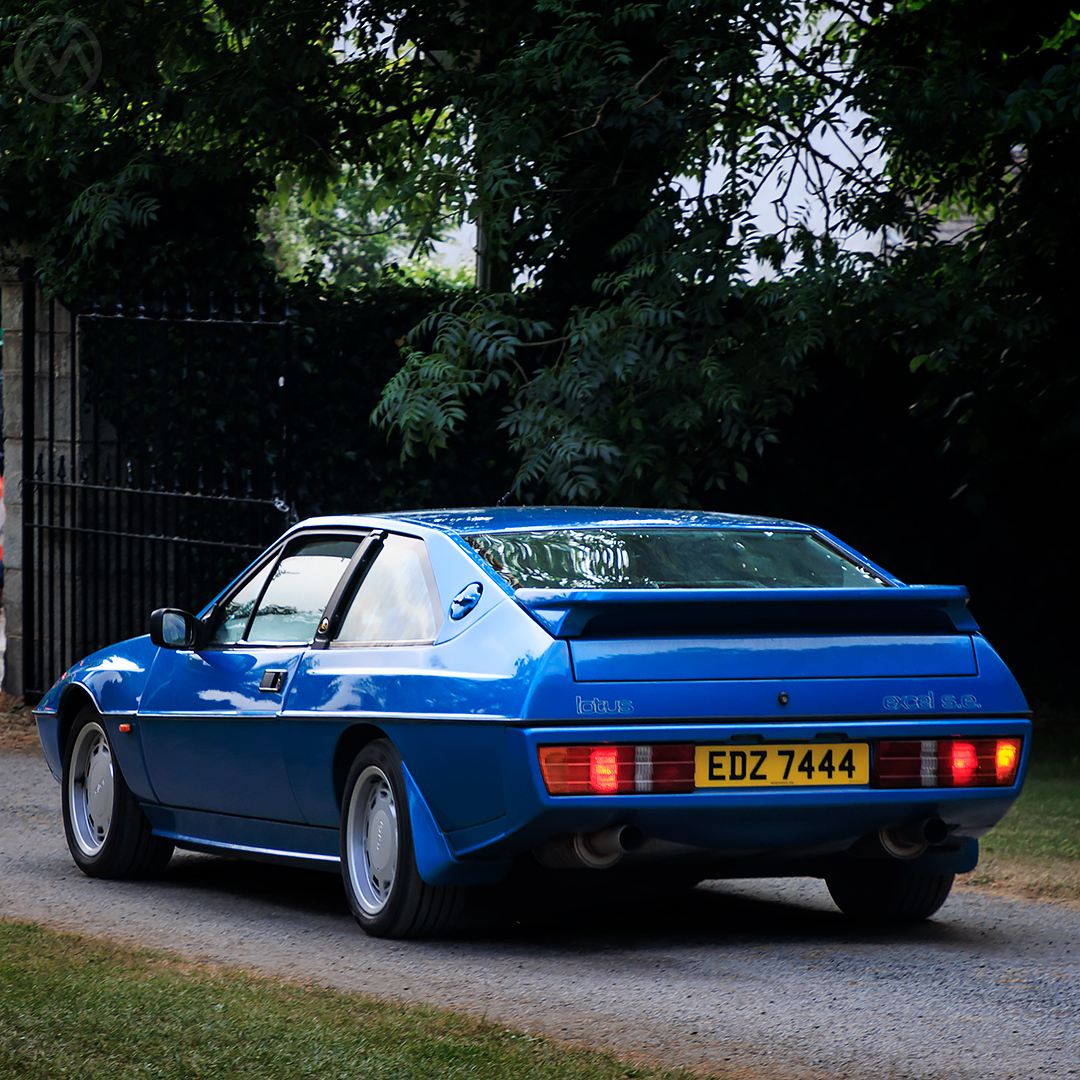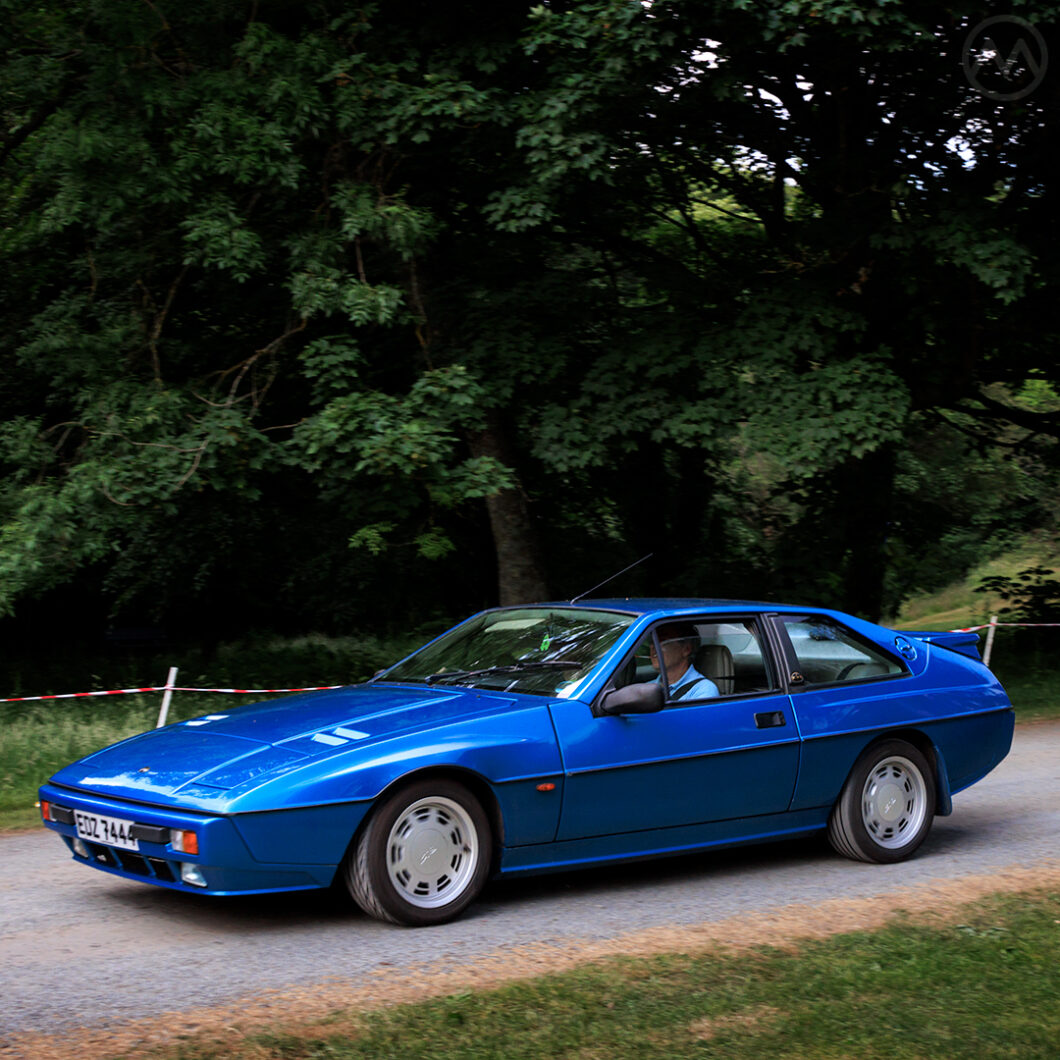It seems fair to say that the Lotus Excel is Hethel’s most underrated car. Nobody ever talks much about it, the company never again built anything like it after it was gone, and it dwelled forever in both the shadow of the Esprit and the baggage of its immediate predecessors, the Type 75 Elite and related Éclat. But the Excel was a pretty good car, and despite being fundamentally an update of those earlier models, it managed to look contemporary and cool right up until production ended in 1992.
That was almost a full decade after the car debuted as the “Éclat Excel” in the fall of 1982, but only 2,075 were made in that whole time. Cars like this were generally produced in fewer numbers back then, and it definitely didn’t help that they were never federalized for U.S. sale. Even so, that seems like an astonishingly low number for a car most people liked and which was the last Lotus company founder Colin Chapman was directly involved with.
The blue car above is a 1988 SE, the fastest and ultimate variant of this car, but the story begins more than a decade earlier, with the Excel’s predecessors, the Elite and Éclat.
Lotus’ Upmarket Move Crashes Into Reality
In the early 1970s Chapman was determined to move Lotus away from its kit car/club racer roots and morph the company into more of a serious rival to Ferrari and Porsche, a volume builder of exotic GTs and supercars. Since the exiting Lotus aging products were facing new safety and emissions challenges, this made sense, but the timing proved all wrong.
By the time the Type 75 Elite debuted in May of 1974, the market for such cars had been torpedoed by OPEC and by ongoing economic issues, both international and domestic. The Elite launched only months after a major Mining strike, leading to the U.K.’s infamous “three-day week” commercial electricity restrictions. Pricey GTs were a hard sell in that environment, not just for Lotus, and to make way for its new cars, it discontinued the old ones, with Europa being the last to go.

That left Lotus totally dependent on the new Elite and (from early 1975) Éclat. The cars were universally seen as more luxurious and lots of fun to drive, but the Elite’s shooting-brake-like styling drove off as many buyers as it attracted. The fastback Éclat was easier to love, but the Esprit soon stole their thunder, then proved hard to get into production. Unfortunately, it took ages to get the Esprit into production, and in 1975 Lotus was awash in red ink.
The company had mostly recovered by 1977 and mounted a successful collaboration with Chrysler U.K. in 1978 for the Talbot-Sunbeam Lotus, but by then quality ills with the Elite/Éclat were becoming apparent, and sales plummetted. The worst of these problems? The steel backbone in the fiberglass shell was a water trap and started quickly disintegrating. Chapman originally envisaged making 2,000 Elites a year, but only 2,522 had been built by 1982.
Then came the further economic calamities of stagflation, crippling strikes in the U.K. and the fallout of the second OPEC crisis of 1979. By 1980, the company was in deep trouble, despite its high-profile F1 team, various investment schemes and engineering consultancy tie-ups with companies like Chrysler and DeLorean. Lotus sold just 383 cars in all of 1980, and there wasn’t enough in the till to pay for new designs, so the company had to get creative with what it had.
Lotus Éclat to Lotus Excel
Both the Elite/Éclat and the Esprit were created by sandwiching the separately molded top and bottom sections of the fiberglass cars together, which made it possible to update the top half and the front and rear bumpers fairly easily. The original “Éclat Excel” looked much like the earlier car, but with better aerodynamics and less chrome. The structure was also changed to make the bodies stronger and easier to build, and Lotus had already addressed the chassis issue in 1978-79.
At the same time, Chapman negotiated an engineering partnership with Toyota. Lotus got cash and components, Toyota got Lotus’ handling know-how, and the revised car used loads of Toyota components. The updated car packed the 2.2-liter, 160-horsepower Lotus 912 engine mated to a Toyota W58 five-speed from the Supra, and inside, buyers would find lots of Toyota bits, most of which were more reliable than the agglomeration of switchgear and electrical pieces previous supplied closer to home by British firms.
Not only was the car stronger and better built, but it was cheaper than the earlier Éclat because of various steps taken to reduce the build cost, including the Toyota pieces. The Lotus Excel was launched in October of 1982, just two months before Chapman’s fatal heart attack.

The Excel was well-liked from the start, after all, it handled just as well as the earlier Elite/Éclat but was cheaper and better made. Unfortunately, Chapman’s death meant a whirlwind ride for the company when the car was new, which stymied sales. American Express, one of its major shareholders, pulled out, the company had to be reorganized, and Toyota, already closely tied thanks to Chapman’s partnership, stepped in and bought 16.5% of the company (and later up to 21.5%) a slice it sold to GM in 1986.
Many Lotus projects were proposed from 1983 to 1985, including an Audi-like V8 sedan called the Eminence, but the real work was going into updating the Excel and Esprit. The definitive Excel debuted in 1985, with updated visuals courtesy of designer Peter Stevens and the arrival of the 180-horsepower SE model. If people can picture the Excel in their heads, it’s probably this version.
Both the front bumper and rear spoiler were made more aerodynamic in this update, but the fenders also got subtle box flares, a very eighties touch but one which further differentiated the Excel from the old Éclat. The hotter SE used twin Dell’Orto carbs and a higher compression head, but that spec reveals why the car was never sold in America.

A single Excel was brought over for testing in 1987, but Lotus Cars USA could see that it wouldn’t pass Federal emissions standards without cost-prohibitive engineering changes. It does seem like some of the work done for the Esprit could’ve been ported over to the Excel (imagine an Excel SE turbo?), but that never happened, and the updated X180 Esprit was the priority anyway on both sides of the Atlantic.
Lotus continued to update the Excel into 1989, the last changes being more aerodynamic mirrors sourced from the Citroën CX, but under GM’s ownership, it was essentially a legacy product. A replacement was planned, a coupe version of the Elan M100, but never materialized. GM let the car linger until 1992, by which time sales had slowed to a trickle. Lotus hasn’t built anything like this since.

